When we observe our feline companions twitching their whiskers, paddling their paws, or making soft chirping sounds while asleep, it’s natural to wonder: are they dreaming? This question has fascinated cat owners, veterinarians, and neuroscientists alike. Recent advances in sleep science have provided compelling evidence about feline sleep patterns and dream states, offering fascinating insights into the mysterious minds of our purring companions. In this article, we’ll explore the scientific evidence behind cat dreams, how researchers study feline sleep, what cats might dream about, and how their sleep compares to our own. Understanding these aspects of feline neurology not only satisfies our curiosity but also helps us better appreciate the complex inner lives of our beloved pets.
The Science of Feline Sleep
Cats are champion sleepers, spending approximately 12-16 hours of each day in slumber—roughly twice as much as humans. This extensive sleep schedule is divided into two main types: REM (Rapid Eye Movement) sleep and non-REM sleep. During non-REM sleep, cats experience deep, restorative rest with minimal brain activity. Their muscles relax, breathing slows, and body temperature drops slightly. This stage accounts for about 75-80% of a cat’s total sleep time.
REM sleep, which makes up the remaining 20-25% of feline sleep, is where the magic happens. During this phase, a cat’s brain activity increases dramatically, resembling patterns seen during wakefulness. Their eyes move rapidly beneath closed lids, and their brain waves show patterns similar to those recorded during alert, active states. This neurological evidence suggests that cats, like humans, experience some form of dreaming during REM sleep—a conclusion supported by numerous scientific studies on mammalian sleep patterns.
How Researchers Study Cat Dreams

Studying dreams in animals presents unique challenges, as subjects cannot verbally report their experiences. Researchers rely instead on a combination of physiological measurements and behavioral observations. Electroencephalogram (EEG) recordings measure electrical activity in the brain, while electromyogram (EMG) readings track muscle tone. These tools allow scientists to identify when cats enter different sleep stages and correlate brain activity with physical behaviors.
In groundbreaking studies during the 1960s, French researcher Michel Jouvet conducted experiments that provided key insights into animal dreams. By disabling the brainstem mechanism that prevents physical movement during REM sleep (a condition called REM sleep behavior disorder), Jouvet observed cats displaying behaviors that mimicked hunting, playing, and exploring—suggesting these activities were being “acted out” from dream scenarios. Modern research continues to build on these findings, using advanced imaging techniques like functional MRI (fMRI) to map brain activity during various sleep states, further supporting the conclusion that cats indeed experience dream states.
The Structure of Cat Sleep Cycles
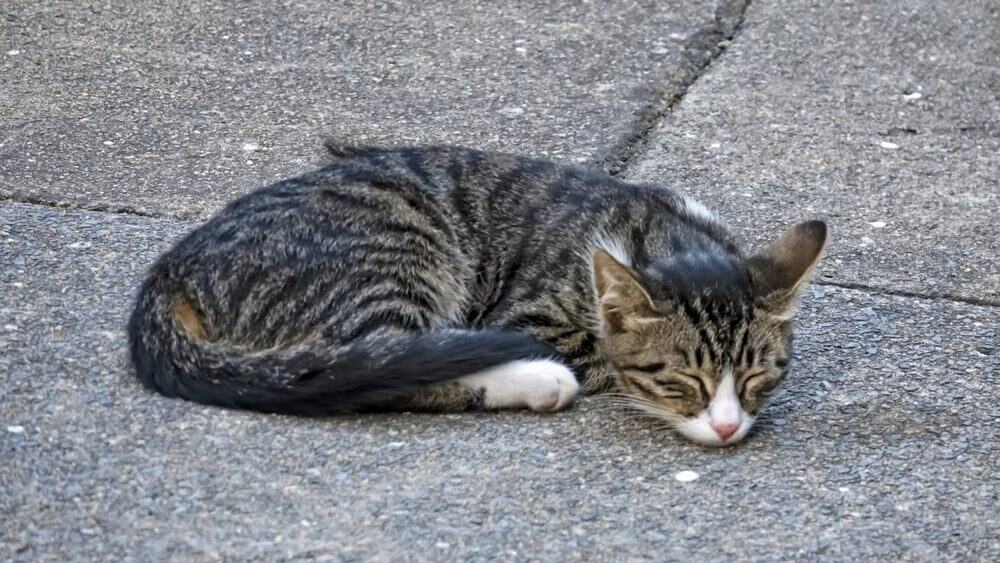
Cats don’t sleep in one long stretch like humans typically do. Instead, they cycle through multiple short periods of sleep throughout the day and night. Each sleep cycle lasts approximately 100-110 minutes, during which they progress from light dozing to deep sleep and finally into REM sleep. This cyclical pattern explains why cats seem to alternate between periods of deep slumber and light “cat naps” where they remain somewhat alert to their surroundings.
Interestingly, kittens and senior cats spend more time in REM sleep than adult cats in their prime. Kittens may spend up to 60% of their sleep time in REM state, which neuroscientists believe plays a crucial role in brain development and learning. This parallel with human infants, who also experience higher proportions of REM sleep, suggests that dreams may serve important developmental functions across mammalian species, helping to process and consolidate information acquired during waking hours.
What Do Cats Dream About?

While we cannot know the exact content of feline dreams, scientific evidence suggests that cats, like other mammals, likely dream about daily experiences. In studies where researchers monitored the hippocampus (the brain region associated with memory formation) in sleeping cats, they found activation patterns remarkably similar to those recorded during specific waking activities. For example, when a cat spent the day exploring new territory or hunting prey, the corresponding neural pathways reactivated during subsequent REM sleep.
The physical manifestations observed during cat sleep further support this theory. When your cat’s paws twitch, tail flicks, or they make quiet hunting chirps during sleep, they may be mentally reenacting a recent hunting expedition or play session. Some cats even display “sleep running” behaviors, with their legs making subtle running motions while their brain navigates dream terrain. These observations align with findings from similar studies in other mammals, including humans, where dream content frequently reflects recent experiences—suggesting a universal function of dreams in processing and consolidating memories.
Signs Your Cat Is Dreaming

Cat owners can often identify when their pet enters a dream state by watching for specific physical indicators. The most obvious sign is rapid eye movement visible beneath closed eyelids—the characteristic feature of REM sleep that gives this stage its name. Other common indicators include whisker twitching, ear flicking, and subtle facial expressions that might range from contentment to intense focus. Some cats also vocalize during dreams, emitting soft mews, chirps, or even subdued versions of hunting calls.
More active dreaming behaviors include paw twitching, tail flicking, and in some cases, full-body jerking movements. These physical manifestations typically occur in brief episodes lasting from a few seconds to a minute or two. It’s important to note that these movements are restrained compared to waking behaviors due to a neurological mechanism called REM atonia, which partially paralyzes major muscle groups during REM sleep to prevent animals (and humans) from physically acting out their dreams. When these signs appear approximately 20-30 minutes after your cat falls asleep, it’s likely they’ve entered a dream state.
Nightmares: Do Cats Have Bad Dreams?
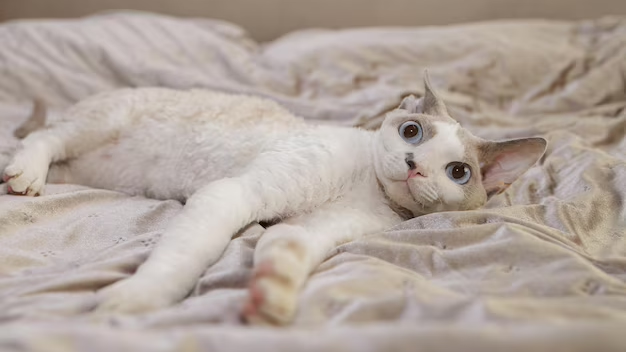
Evidence suggests that cats, like humans, may experience the equivalent of nightmares during sleep. Veterinary behaviorists have observed cats suddenly waking from REM sleep displaying signs of distress—dilated pupils, puffed tails, arched backs, and sometimes even hissing or growling. These reactions indicate the cat may have experienced something frightening or threatening in their dream state. Cats with histories of trauma or abuse seem particularly prone to disturbed sleep patterns that could indicate bad dreams.
While we cannot confirm the subjective emotional content of feline dreams, the neurological mechanisms that generate dreams don’t discriminate between positive and negative experiences. Stressful or frightening events activate emotional centers in the brain, and these pathways can reactivate during sleep. For this reason, providing cats with secure, stress-free environments may contribute to more peaceful sleep patterns. If your cat frequently shows signs of distress during sleep, consulting with a veterinarian can help rule out medical causes and provide strategies for reducing anxiety that might be affecting their dream states.
Comparing Cat Dreams to Human Dreams
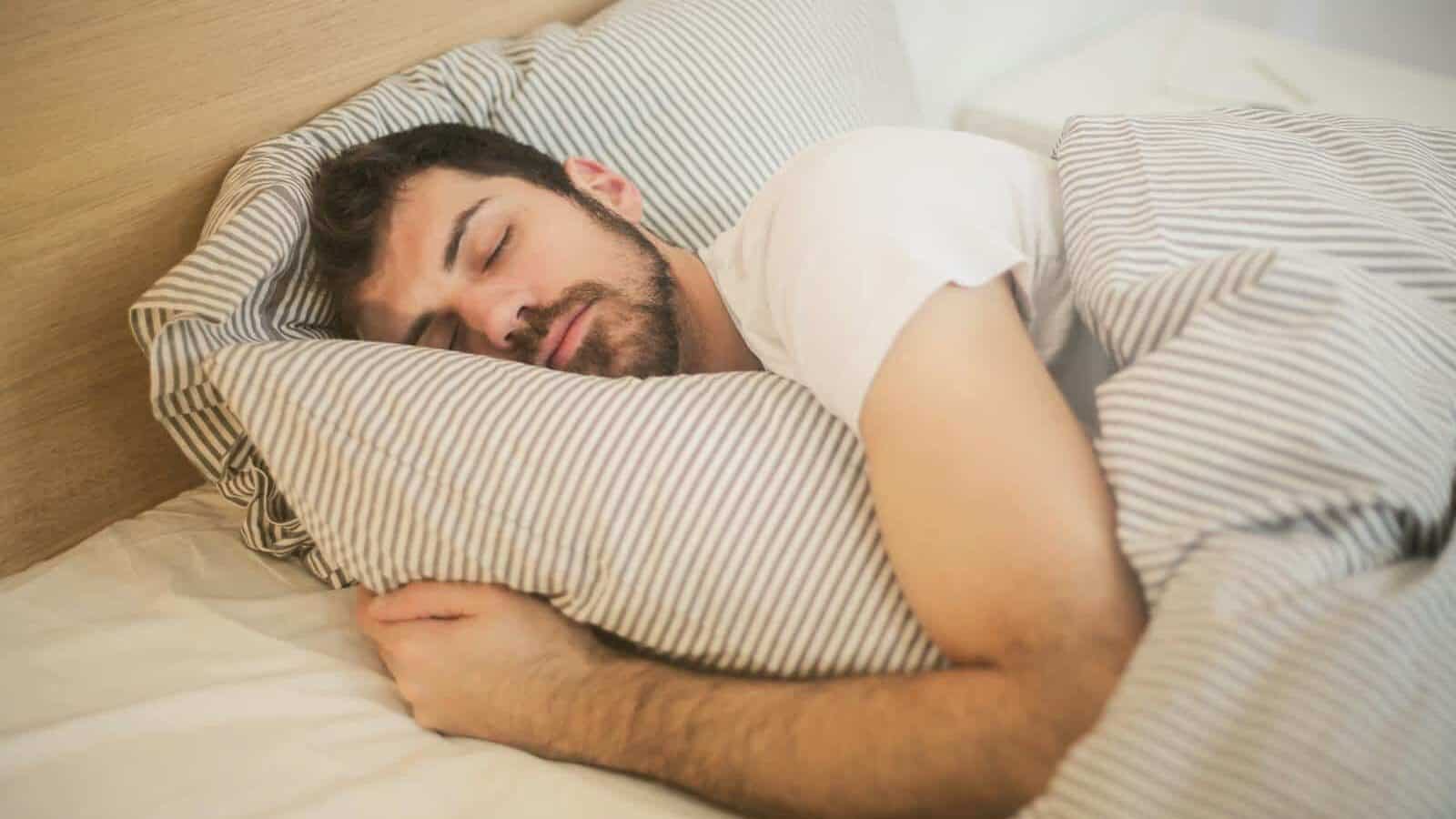
Despite obvious differences between feline and human brains, the fundamental mechanisms of REM sleep and dreaming appear remarkably similar across mammalian species. Both cats and humans cycle through non-REM and REM sleep stages, with dreams occurring primarily during REM periods. In both species, the hippocampus and neocortex—brain regions involved in memory processing and higher cognitive functions—show increased activity during dreaming, suggesting similar underlying processes.
However, important distinctions exist. Humans typically experience longer, more consolidated sleep periods with fewer but longer REM cycles, while cats have multiple shorter sleep episodes throughout the day and night. Human dreams often involve complex narratives, abstract concepts, and symbolic elements reflecting our capacity for language and abstract thought. Cat dreams, while likely vivid and emotionally resonant, probably focus more on direct sensory experiences and instinctual activities like hunting, exploring territory, or social interactions with other cats. This difference reflects the distinct cognitive adaptations of each species while highlighting the shared evolutionary heritage of dream states in mammals.
Sleep Disorders in Cats
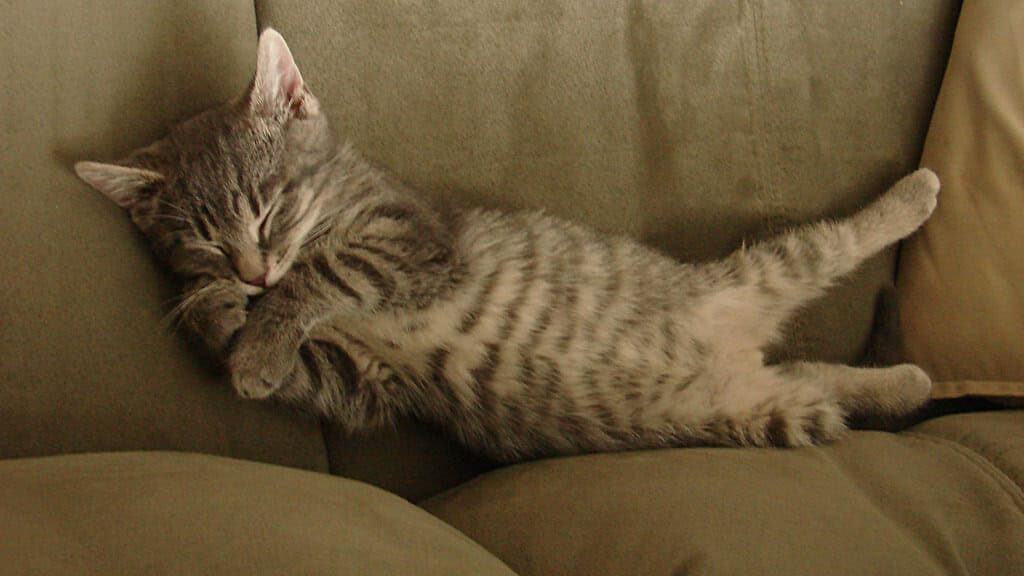
Like humans, cats can develop sleep disorders that affect their dream patterns and overall rest quality. REM sleep behavior disorder (RBD) is one condition documented in cats, where the normal muscle paralysis during REM sleep fails, allowing the cat to physically act out dreams. Affected cats may display exaggerated movements during sleep, including running, pouncing, or even aggressive behaviors that could result in injury to themselves or others. This condition is more common in older cats and can sometimes indicate underlying neurological issues.
Other sleep disturbances include insomnia (difficulty falling or staying asleep), hypersomnia (excessive sleep), and sleep-wake cycle disorders where normal patterns become disrupted. Medical conditions like hyperthyroidism, cognitive dysfunction syndrome (similar to dementia in humans), or pain from arthritis can significantly impact sleep quality and dream patterns. If your cat shows persistent changes in sleep behavior—sleeping more or less than usual, seeming unrested after sleep, or displaying unusual movements or vocalizations during sleep—veterinary evaluation is recommended to identify and address potential underlying causes.
The Evolutionary Purpose of Cat Dreams
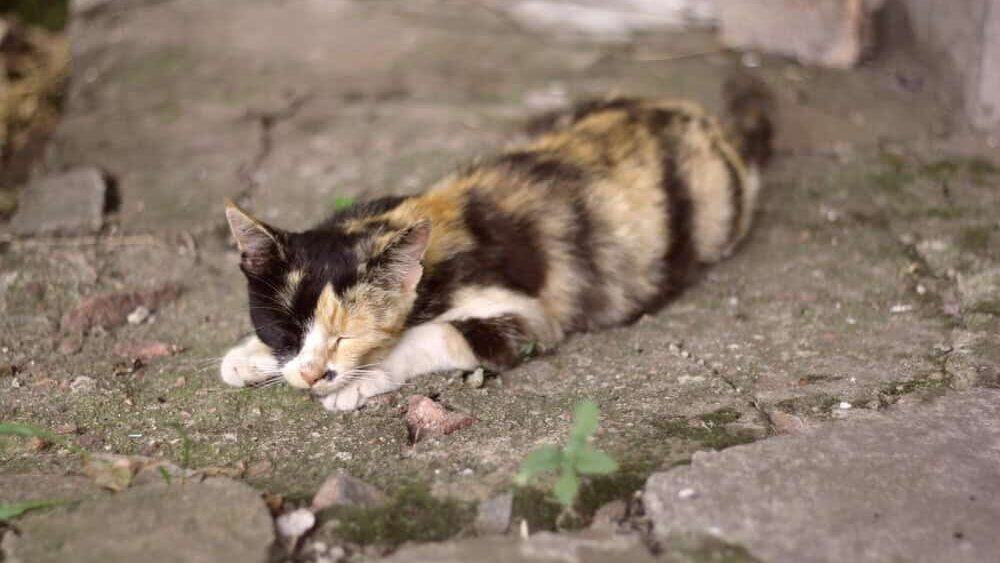
From an evolutionary perspective, dreams likely serve several important functions for cats. The predominant scientific theory suggests that dreaming helps consolidate memories, particularly procedural memories related to hunting skills, territorial navigation, and social interactions. When a cat dreams about stalking prey or climbing trees, their brain may be reinforcing neural pathways associated with these crucial survival skills. This process is especially important for young cats still developing their hunting abilities.
Dreams may also play a role in emotional processing and stress regulation. Studies in other mammals show that REM sleep helps process emotional experiences and reduce stress responses. For cats, who are both predators and potential prey in natural settings, this emotional processing function could be particularly valuable for maintaining optimal alertness and response capabilities. Additionally, the brain’s activity during REM sleep promotes neural plasticity—the ability to form new connections and adapt to changing environments—which remains important throughout a cat’s life as they navigate their territory and social relationships.
How Sleep Environment Affects Cat Dreams
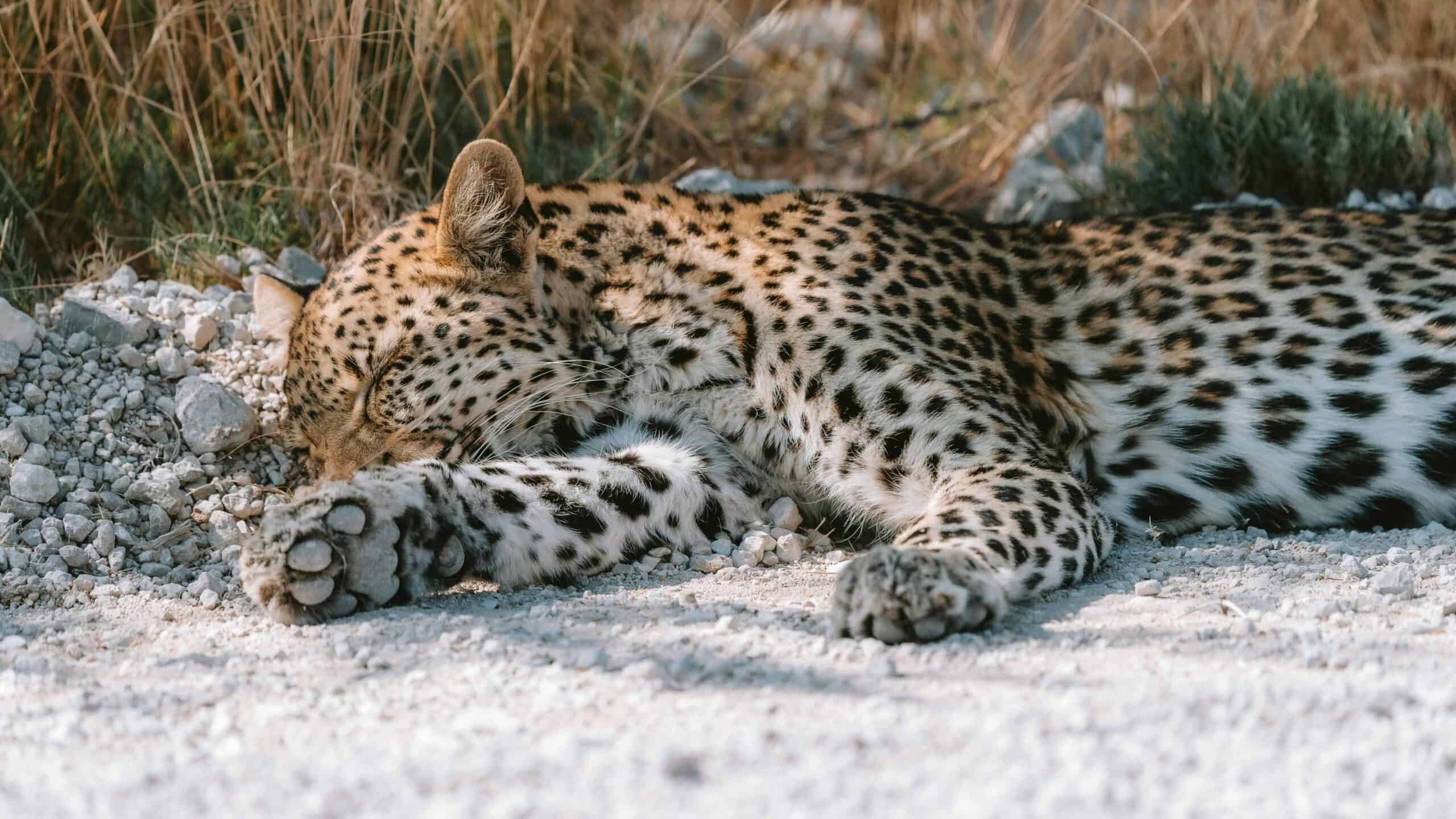
The quality of a cat’s sleep environment can significantly impact their sleep cycles and, consequently, their dream experiences. Cats are highly sensitive to their surroundings and prefer sleeping in secure, comfortable locations where they feel protected. In the wild, cats seek elevated or concealed sleeping spots that offer protection from predators while allowing them to rest deeply. Domestic cats retain these instincts, which explains their preference for enclosed spaces like boxes, cat trees, or the back of closets for their deepest sleep.
Temperature also plays a crucial role in sleep quality. Cats typically prefer warm environments for sleeping, with ideal temperatures between 70-75°F (21-24°C). Comfortable bedding that allows cats to regulate their body temperature through different sleeping positions can promote deeper, more restorative sleep with healthy REM cycles. Environmental stressors like loud noises, unpredictable activity, or the presence of unfamiliar animals can disrupt normal sleep patterns and potentially affect dream content. Creating a consistent, calm sleeping environment with multiple secure resting options helps ensure your cat can achieve the deep sleep necessary for healthy dream cycles.
Should You Wake a Dreaming Cat?
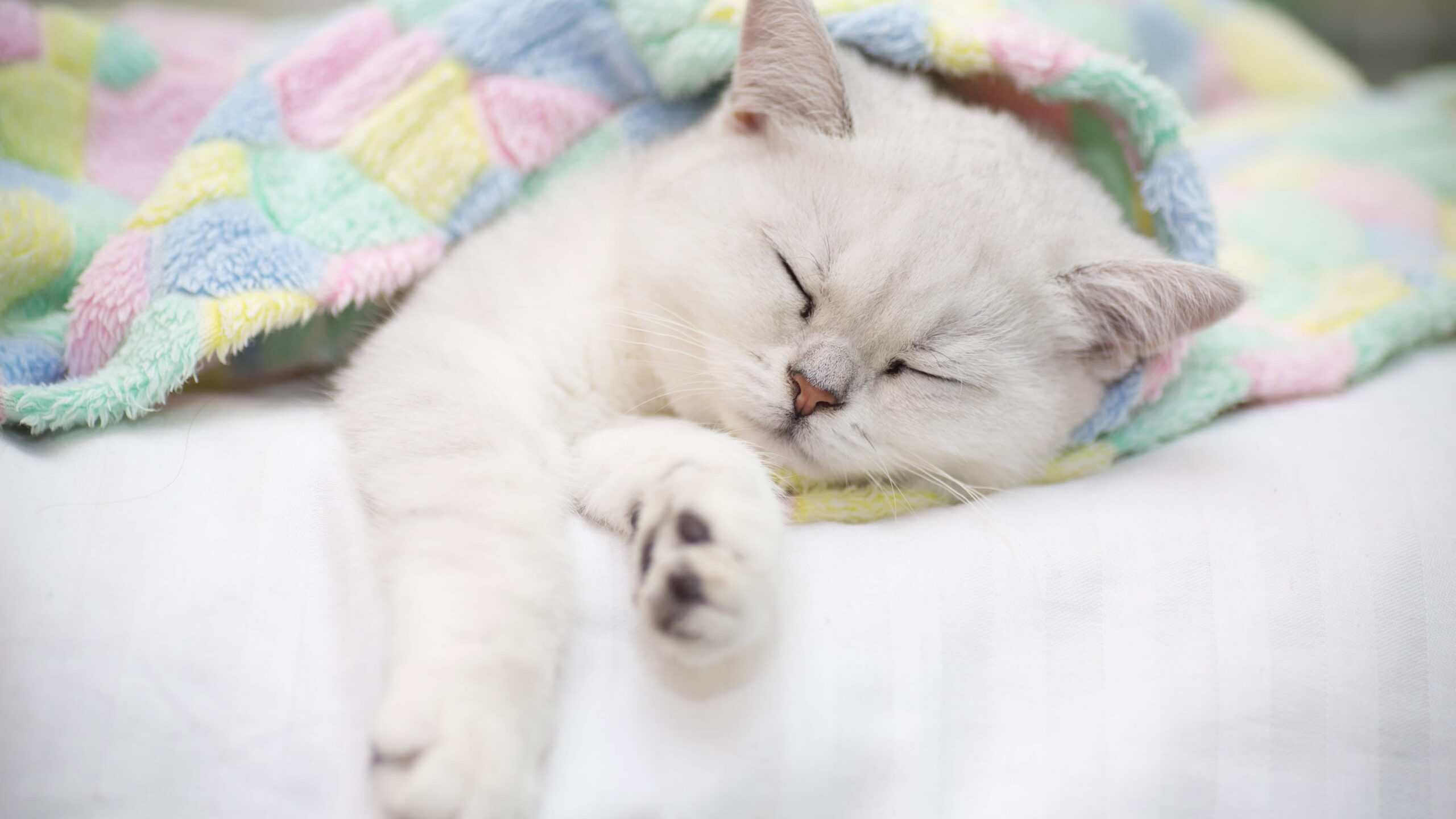
While it might be tempting to wake your cat when they appear to be having an intense dream, veterinary behaviorists generally advise against it. Disrupting REM sleep can prevent cats from completing important cognitive processes associated with memory consolidation and emotional regulation. Additionally, cats abruptly awakened from deep sleep may experience disorientation or “sleep inertia,” potentially responding with fear or aggression as their brain transitions rapidly from dream state to wakefulness.
The exception to this guideline occurs when a cat appears to be experiencing severe distress during sleep—thrashing violently, showing signs of pain, or struggling to breathe. In these rare instances, gentle intervention may be warranted. Rather than physically touching the cat, which could startle them, try using a soft voice to gradually bring them to wakefulness. Speaking their name quietly from a distance before gradually approaching gives them time to transition states more naturally. If your cat frequently shows signs of severe sleep disturbances, consulting with a veterinarian is recommended to rule out underlying medical or neurological issues.
The scientific evidence confirming that cats dream offers a fascinating window into the rich inner lives of our feline companions. Through decades of sleep research, we’ve learned that cats not only dream but likely experience vivid mental imagery related to their daily activities, instinctual behaviors, and emotional experiences. These dreams serve important biological functions, from memory consolidation to emotional processing, highlighting the sophisticated neurological systems that have evolved in these remarkable animals.
For cat owners, recognizing the signs of dreaming provides an opportunity to better understand and appreciate the complexity of feline consciousness. When we observe our cats twitching and chirping in their sleep, we’re witnessing not just cute behaviors but glimpses of their mental processing at work. This knowledge can inform how we create environments that support healthy sleep patterns and respect the importance of undisturbed rest. By honoring our cats’ need for quality sleep and understanding the value of their dream states, we deepen our connection with these mysterious and beloved companions who share our homes and hearts.
- How Leafcutter Ants Use Fungus to Grow Their Own Food - August 20, 2025
- 14 Weirdest Animal Adaptations - August 20, 2025
- This Snake Can Strike Faster Than the Blink of an Eye - August 20, 2025

